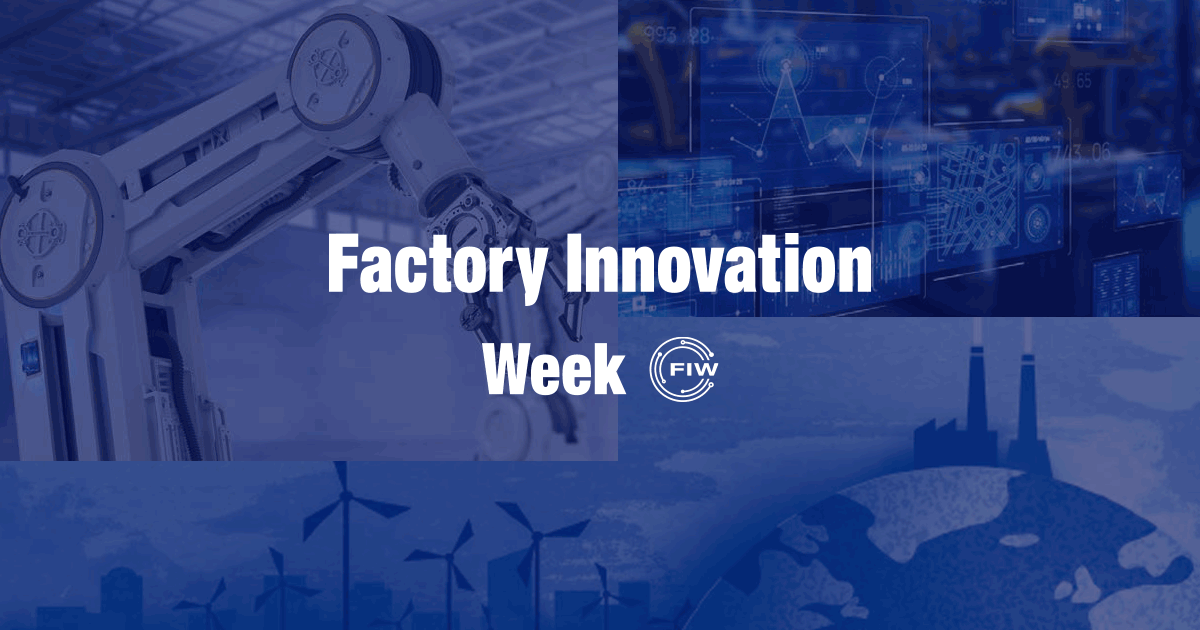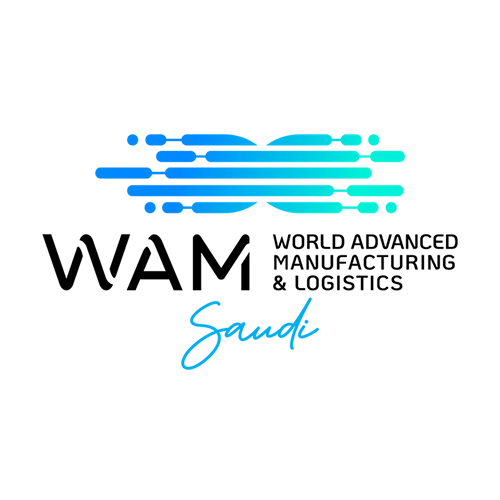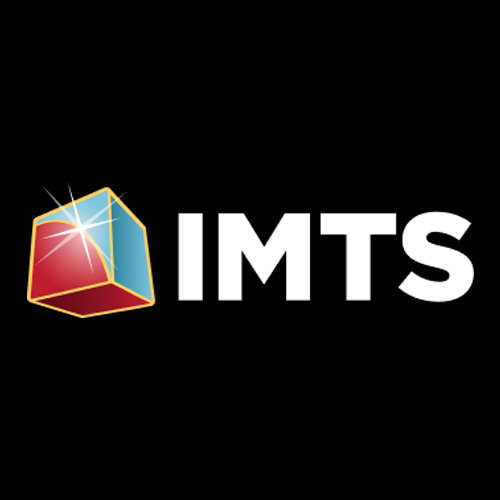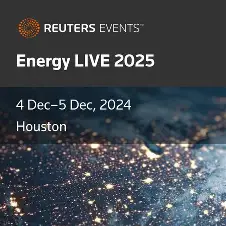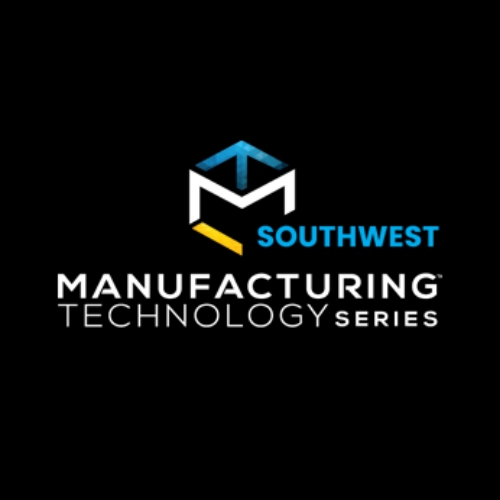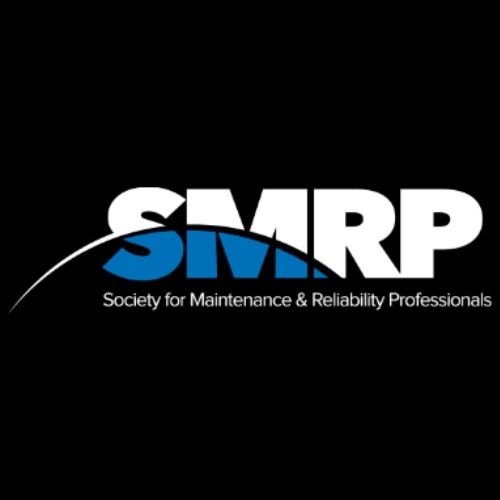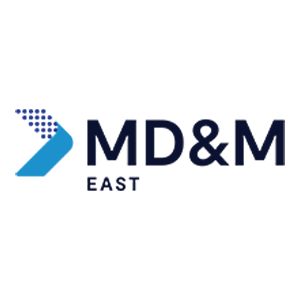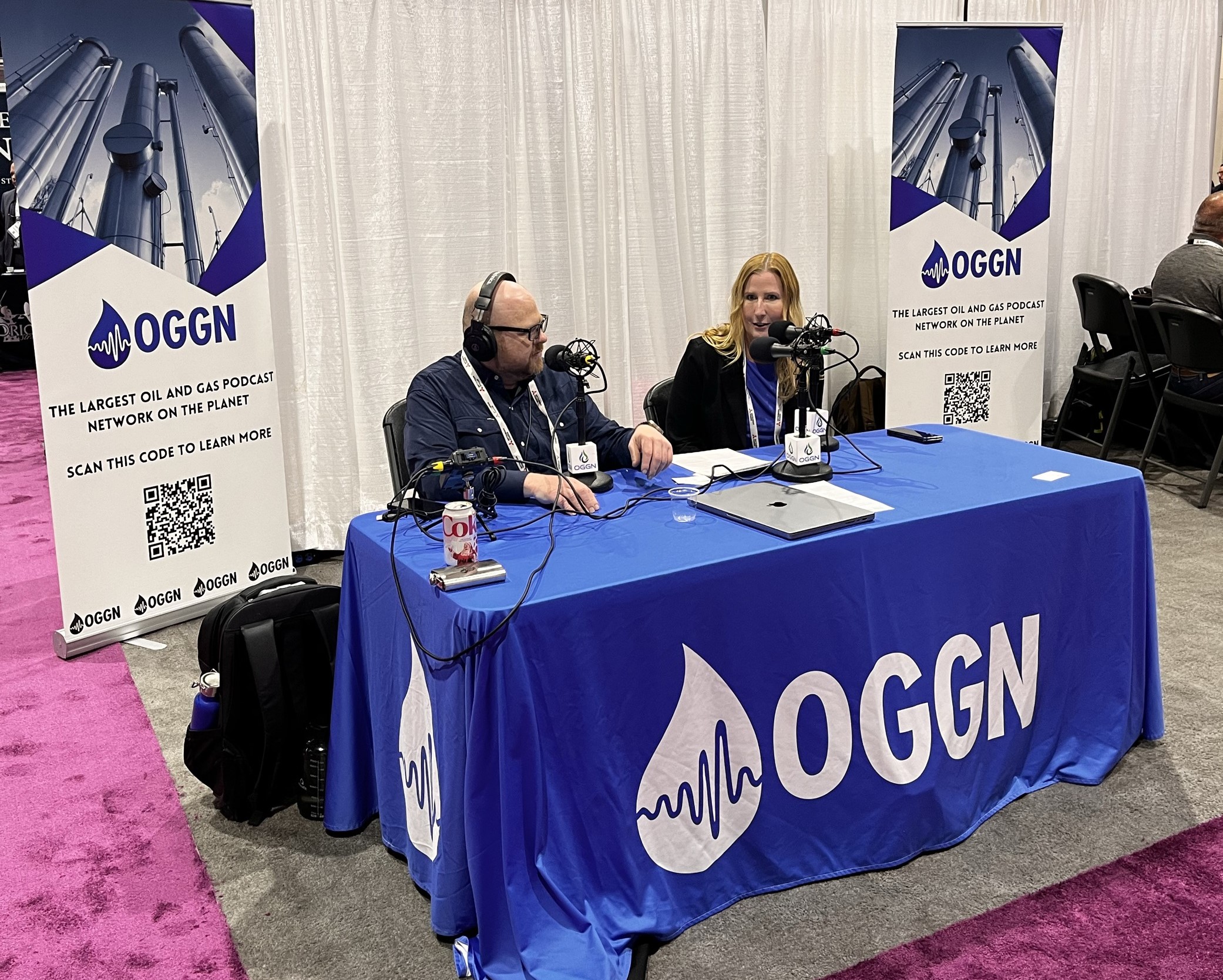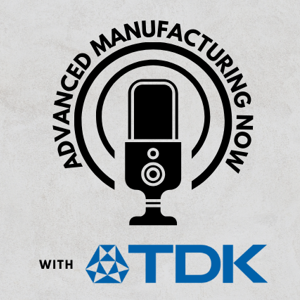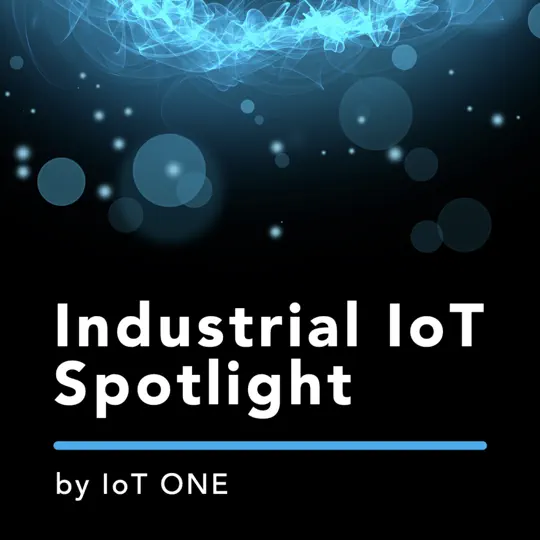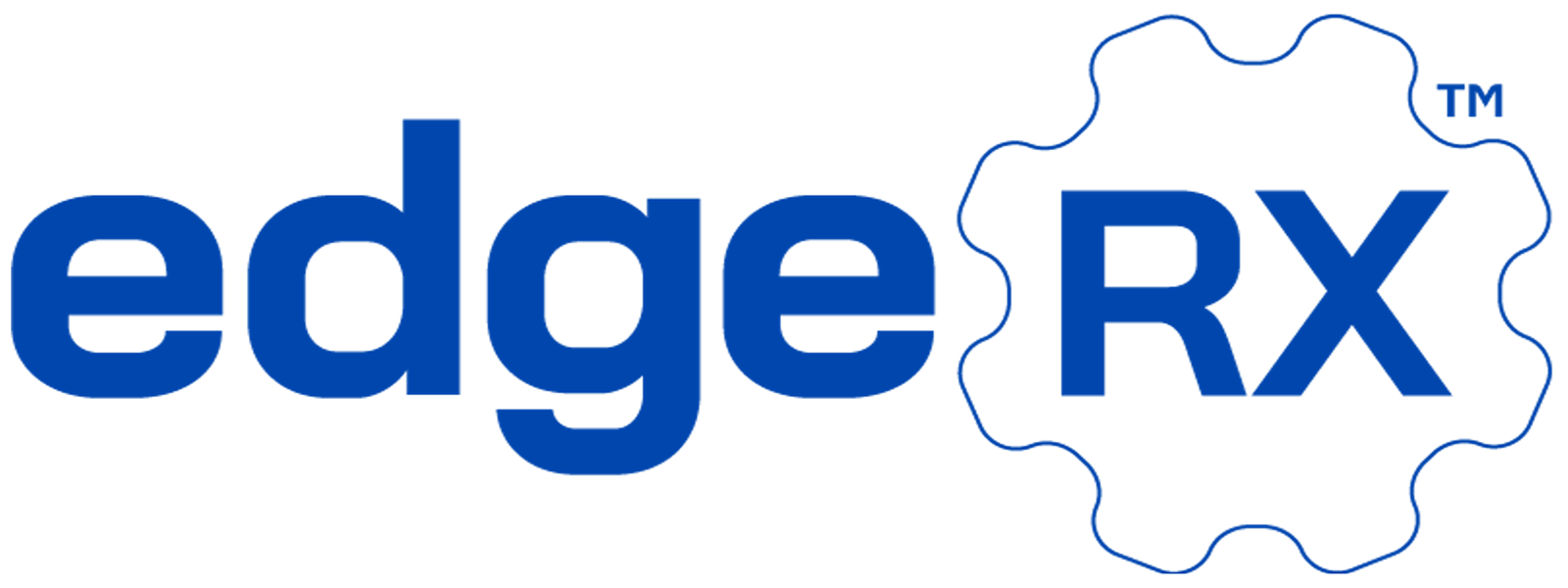



Videos
At AWS re:Invent, CTO Bob Roth highlights how TDK SensEI is revolutionizing maintenance across manufacturing, smart buildings, logistics, and energy sectors. TDK SensEI delivers real-time sensor-based inference, built-in privacy and security, optimized resource utilization, personalized user interfaces, connectivity independence, and adaptive AI agent tools.
TDK CEO Noboru Saito and TDK SensEI CEO Sandeep Pandya speak on the future of industrial 4.0 AI and how TDK is poised to lead this fast-growing space. They discuss emerging trends and challenges in the implementation of AI such as power consumption, software, and material science.
TDK SensEI CPO Sundeep Ahluwalia discusses the trajectory of AI in the industrial manufacturing space. He dives into the edgeRX ecosystem which combines machine learning, sensors, and on-the-edge AI that seamlessly integrate into manufacturing environments. Sundeep also explores the emerging trends of AI such as generative AI, digital twins, and VR & AR augmentation.
Imagine a cutting-edge TDK factory brought to life through stunning 3D rendering, where every detail of the bustling production floor is meticulously animated. The video showcases the seamless integration of Edge AI devices dedicated to Condition-Based Monitoring (CbM). You’ll see sophisticated sensors and devices strategically placed across the machinery, continually collecting and analyzing data in real-time. These intelligent systems predict potential issues before they escalate, ensuring optimal performance and minimizing downtime. The tour highlights how TDK’s innovative use of AI-powered CbM transforms traditional manufacturing, making it smarter, more efficient, and highly reliable.
Overview of real-time machine health monitoring using AI powered condition based monitoring on edge devices.
AutoML by TDK SensEI is a one-click, fully-automated platform that allows customers to leverage sensor data to rapidly build machine learning solutions for highly constrained environments with applications in mobile, IoT, wearables, automotive, and more.
Upcoming Events
Factory Innovation Week
January 21-23, 2026 Factory Innovation Week consists of four exhibitions: Smart Factory EXPO, which realizes "DX" in manufacturing, Robodex, which realizes "automation", Manufacturing Carbon Neutrality Exhibition, which realizes "decarbonization", and Manufacturing Labor Shortage Countermeasures EXPO, which focuses on "human resource shortage countermeasures" in the manufacturing industry. Factory Innovation [...]
World Advanced Manufacturing and Logistics
February 15-17, 2026 The Premier Tech-Driven Intelligence Event for Advanced Manufacturing and Logistics in Riyadh, Saudi Arabia Visit TDK SensEI at Booth H2-B70 At WAMSAUDI 2026, TDK SensEI will have an interactive edgeRX demonstration, showcasing our Predictive Maintenance solution. We will be part of a panel on the [...]
APEX EXPO 2026
March 17-19, 2026 APEX EXPO is the premier event in North America for the electronics industry. Visit TDK SensEI at Exhibit Halls C-D — 3839 At APEX EXPO 2026, TDK SensEI will have an interactive edgeRX demonstration, showcasing our Predictive Maintenance solution. OEMs, EMS providers, PCB [...]
The International Manufacturing Technology Show 2026
September 14-19, 2026 "Achieve the Impossible" is the theme at IMTS 2026, which will be held at McCormick Place, Chicago. Visit TDK SensEI at North Building, Level 3 (Automation) — 236030 At IMTS 2026, TDK SensEI will have an interactive edgeRX demonstration, showcasing our Predictive Maintenance [...]
Past Events
Japan Build Tokyo Manufacturing DX & AI Forum Tokyo 2025 Winter
November 4-6, 2025 We'll be joining industry leaders [...]
MONOist DX & AI
December 8-11 We’re excited to join the MONOist [...]
Japan Build Tokyo
December 10-12 Japan Build Tokyo We’re excited to [...]
Energy LIVE
December 9-11, 2025 TDK SensEI will be at [...]
International Maintenance Conference
December 8-11 We’re excited to announce that TDK [...]
AWS re:Invent – Las Vegas, NV
December 1-5, 2025 Discover the Future [...]
MTS Southwest 2025 – Dallas, TX
November 4-6, 2025 TDK SensEI USA is proud [...]
SMRP 2025 – Fort Worth, TX
October 6-8, 2025 TDK SensEI USA is proud [...]
Solving Industrial Machine Health Challenges at the Edge
Article Link: https://www.automation.com/en-us/articles/august-2025/solving-industrial-machine-health-challenges-edge In modern manufacturing environments, downtime [...]
Momentum AI
July 15-16 We are pleased to announce that [...]
WEFTEC – Chicago, IL
September 29-October 1, 2025 TDK SensEI USA is [...]
Turbomachinery and Pump Symposium – Houston, TX
September 16-18, 2025 TDK SensEI USA is proud [...]
Smart Water Summit – Charlotte Harbor, FL
September 8-10, 2025 TDK SensEI USA is pleased [...]
Advanced Manufacturing Expo – Grand Rapids, MI
August 6-7, 2025 TDK SensEI USA is excited [...]
Reliability Conference – Seattle, WA
April 29 - May 1 TDK SensEI to [...]
Revolutionizing Predictive Maintenance with AI/ML
Article Link: https://www.automation.com/en-us/articles/january-2025/predictive-maintenance-ai-ml-high-tech-legacy Despite rapid technological advances, the [...]
11 Myths About Machine Learning at the Edge
Article Link: 11 Myths About Machine Learning at [...]
MD&M East – New York, NY
May 20 -22 TDK SensEI USA is pleased [...]
EASA Convention – Nashville, TN
July 19-22 TDK SensEI USA is thrilled to [...]
AWWS Annual Conference & Expo – Denver, CO
June 9 - 11 TDK SensEI USA is [...]
Energy LIVE | Houston, TX
December 4-5, 2024 Offering a unique blend of [...]
PowerGEN | Dallas, TX
February 11-13, 2025 POWERGEN International stands as the [...]
Automate 2024 – Chicago, IL
May 6-9, 2024 TDK SensEI will showcase its [...]
Data Driven Oil & Gas – Houston, TX
June 24-25 TDK SensEI will showcase its latest [...]
ProMat 2025 – Chicago, IL
March 17-20 TDK SensEI and Trusted Positioning to Co-exhibit [...]
CES 2025 – Las Vegas, NV
January 7-10 TDK SensEI will showcase its latest [...]
Electronica 2024 – Munich, Germany
November 12-15, 2024 TDK SensEI will showcase its [...]
IMTS 2024 – Chicago, IL
September 9-14, 2024 TDK SensEI will showcase its [...]
TDK SensEI Press
Promat 2025 Press Release
Exhibition TDK to showcase advanced machine health monitoring [...]
edgeRX Press Release DE
Pressemitteilung herunterladen Bild herunterladen Künstliche Intelligenz TDK stellt [...]
edgeRX Press Release JP
プレスリリースをダウンロード 画像をダウンロード ソフトウェア 産業機械の予知保全を実現する新プラットフォーム「edgeRX」を販売開始 2025年3月17日 TDK株式会社(社長:齋藤 昇)は、グループ会社のTDK SensEI(社長:Sandeep Pandya)が産業機械の予知保全を実現するプラットフォーム「edgeRX」を新たに開発し、3月17日から販売を開始することを発表します。edgeRXは最先端のイノベーションを提供することで、製造業におけるメンテンナス市場を大きく前進させます。 [...]
edgeRX Press Release
Download Press Release Download Image Artificial Intelligence TDK [...]
edgeRX Press Release CN
下载新闻稿 下载图片 人工智能 TDK推出 edgeRX:工业机器健康监测的未来 2025年3月17日 TDK株式会社(东京证券交易所代码:6762)今日宣布,其子公司TDK SensEI将推出其最新产品线edgeRX,计划于<<日期>>上市。edgeRX代表着工业维护领域的重大飞跃,将尖端创新技术带到了机器健康监测的前沿。 [...]
edgeRX Vision Press Release
Download Press Release Download Image Go to Product Page [...]
edgeRX Vision Press Release CN
下载新闻稿 下载图片 前往产品页面 [...]
edgeRX Vision Press Release JP
プレスリリースをダウンロード 画像をダウンロード 商品ページへ移動 Artificial [...]
edgeRX Vision Press Release DE
Pressemitteilung herunterladen Bild herunterladen Zur Produktseite gehen [...]
AWS re:Invent PR – DE
Download Press Release Download Image Go to Product Page [...]
AWS re:Invent PR – JP
Download Press Release Download Image Go to Product Page [...]
AWS re:Invent PR – US
Download Press Release Download Image Go to Product Page [...]
AWS re:Invent PR – CN
Download Press Release Download Image Go to Product Page [...]
SensEI Podcasts
Energy LIVE 2024
At the Energy LIVE show in Houston, TX, Angela Osborne [...]
Transforming Manufacturing with AI and Advanced Monitoring
In this episode of Advanced Manufacturing Now, host Lawrence Moebs speaks [...]
At the Edge: Transforming Industrial Operations
In this episode of the Industrial IoT Podcast, our Chief Product [...]
SensEI Blog
What is edgeRX?
In today's fast-paced industrial environment, keeping critical machines running smoothly is [...]
What is Condition-Based Monitoring and Predictive Maintenance?
Condition-based Monitoring (CbM) and Predictive Maintenance (PdM) are crucial for deploying [...]
Case Study: edgeRX -Transforming Elevator Maintenance with Edge AI
Introduction In the competitive world of elevator manufacturing and maintenance, minimizing [...]
Case Study: edgeRX – Revolutionizing Machine Health Monitoring with Edge AI
Introduction In the rapidly evolving landscape of industrial manufacturing, ensuring the [...]
